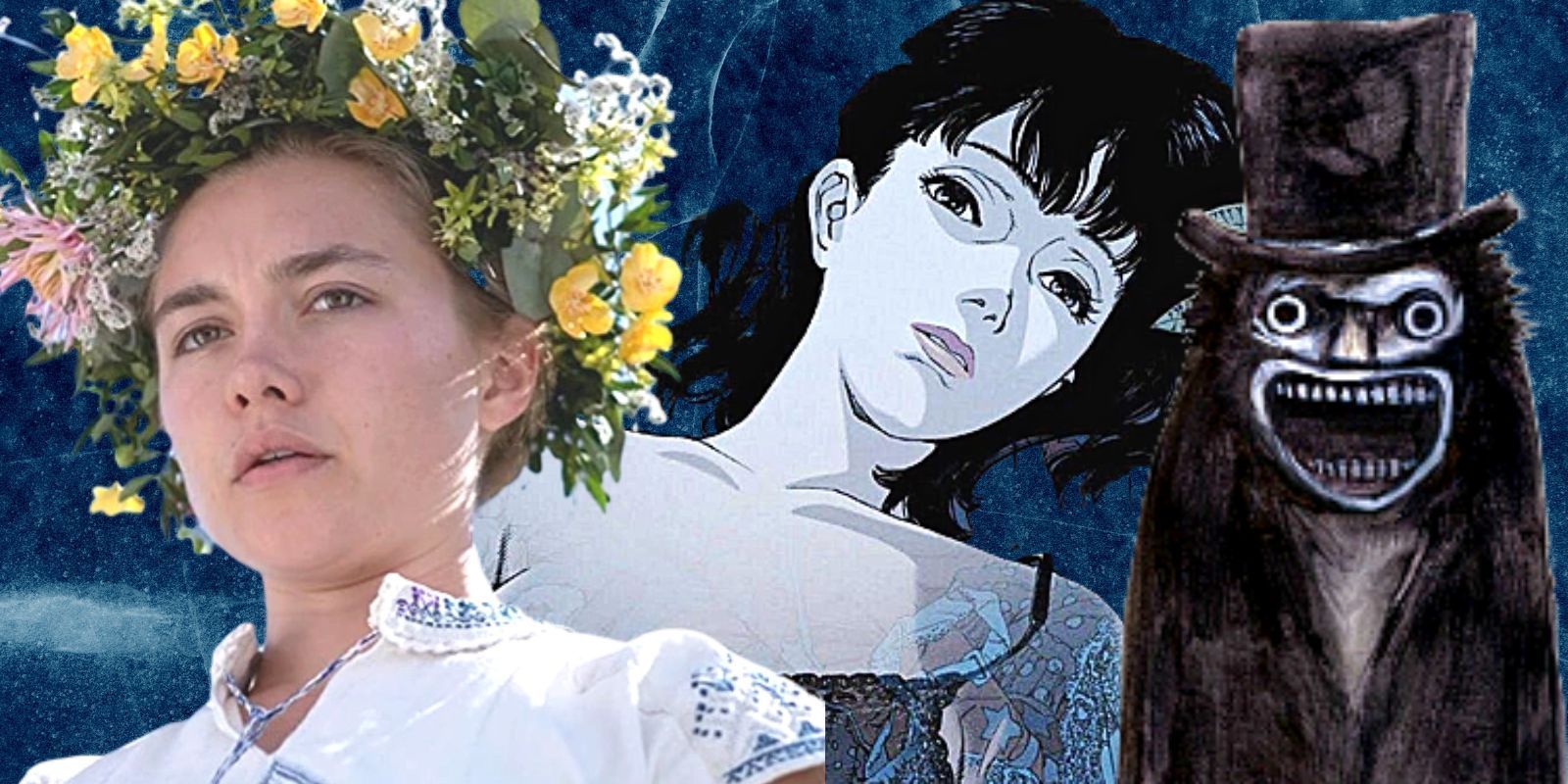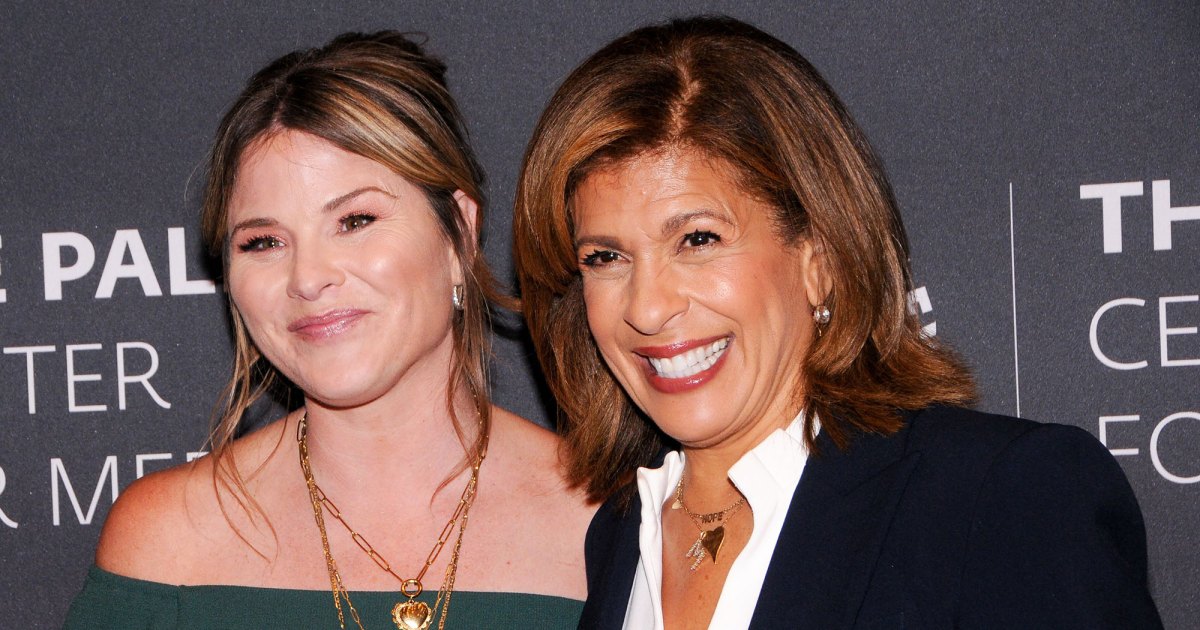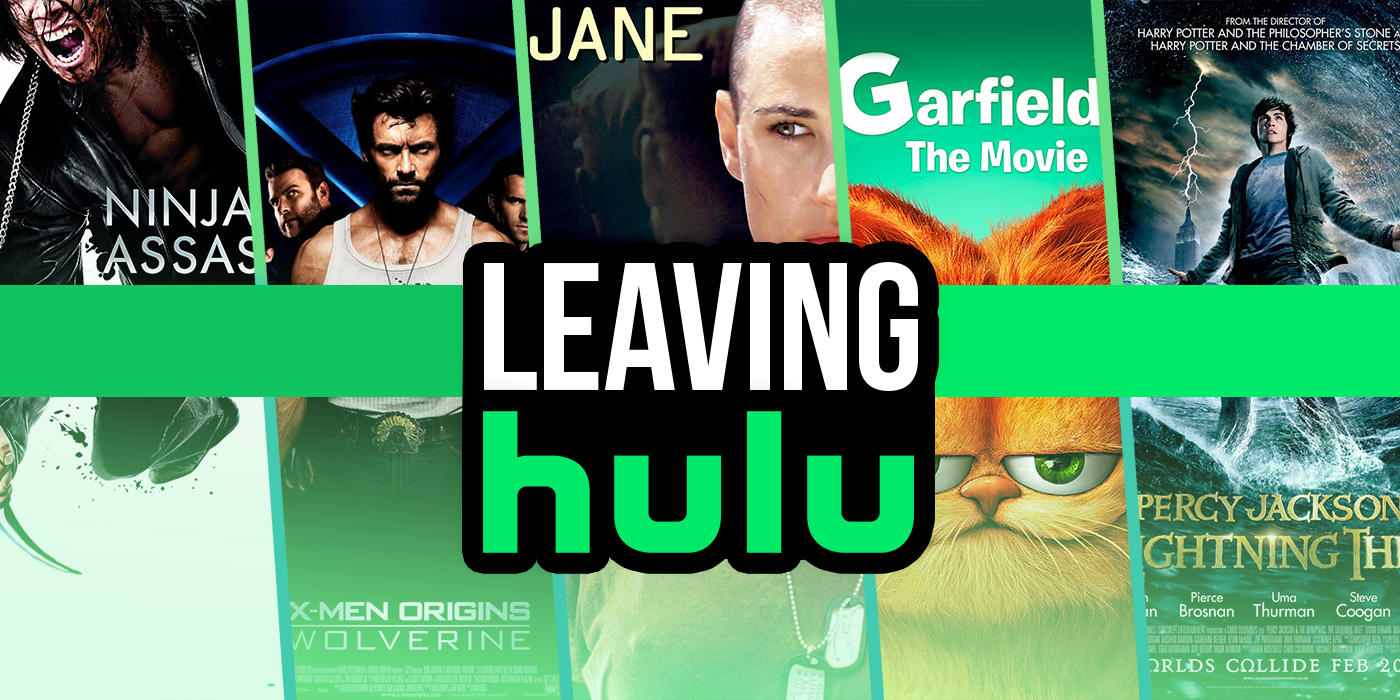Top 10 Terrifying Arthouse Horror Films

Table of Contents
1. The Lighthouse (2019)
-
Black and White Cinematography and Psychological Tension: Robert Eggers' The Lighthouse is a masterclass in atmospheric horror. The film's stunning black and white cinematography, shot in a uniquely square aspect ratio, contributes significantly to its unsettling atmosphere.
- The stark contrast of light and shadow creates a perpetual sense of unease.
- The claustrophobic framing emphasizes the isolation and confinement of the two lighthouse keepers.
- The grainy texture of the film stock adds to the overall feeling of age and decay, mirroring the mental deterioration of the characters. This is a prime example of how effective arthouse horror can be.
-
Themes of Isolation and Madness: The film follows two lighthouse keepers whose isolation on a remote island drives them to the brink of madness. Their psychological torment is amplified by their increasingly erratic behavior and the bizarre events unfolding around them.
- The lighthouse itself becomes a symbol of confinement and the unattainable light of sanity.
- The vast, unforgiving sea represents the overwhelming power of the unknown and the inevitability of fate.
- The film explores themes of paranoia, delusion, and the fragile nature of the human psyche, making it a truly chilling psychological thriller within the arthouse horror genre.
2. The Witch (2015)
-
Historical Setting and Folk Horror Elements: Robert Eggers' The Witch seamlessly blends historical accuracy with chilling folk horror elements. Set in 17th-century New England, the film evokes the oppressive atmosphere of Puritan society and the ever-present fear of the supernatural.
- The film meticulously recreates the Puritan setting, from the costumes to the dialect, creating an immersive and believable world.
- The use of pagan imagery, witchcraft, and folklore adds a layer of unsettling dread, tapping into primal fears and ancient superstitions.
- The isolated New England wilderness serves as a character in itself, amplifying the sense of vulnerability and isolation. This is a classic example of terrifying arthouse film making.
-
Psychological Breakdown and Family Dynamics: The film masterfully depicts the disintegration of a family unit under immense pressure. Religious fanaticism and the breakdown of societal norms lead to paranoia, accusations, and ultimately, madness.
- The film explores the themes of religious extremism and the dangers of blind faith.
- The psychological breakdowns of individual family members are portrayed with disturbing realism.
- The film's ambiguity regarding the supernatural elements adds to the overall sense of unease, making it one of the best arthouse horror films of recent years.
3. Hereditary (2018)
-
Grief, Trauma, and Supernatural Horror: Ari Aster's Hereditary is a slow-burn masterpiece that expertly blends family drama with terrifying supernatural horror. The film explores the devastating impact of grief and trauma, revealing the dark secrets lurking beneath a seemingly ordinary family.
- The film uses unsettling imagery and sound design to create a deeply unsettling atmosphere.
- The exploration of inherited trauma and generational curses is both disturbing and thought-provoking.
- The film's ambiguous ending leaves the audience with a lingering sense of dread and unease.
-
Psychological Horror and Family Dynamics: The film delves into the fractured relationships within a family, showing how past trauma manifests in disturbing ways.
- The characters' psychological vulnerabilities are exploited to devastating effect.
- The film’s pacing and build-up of suspense are masterful.
- Hereditary is a truly unforgettable and unsettling viewing experience, defining the arthouse horror genre.
4. Midsommar (2019)
-
Folk Horror and Psychological Breakdown: Ari Aster's Midsommar offers a unique take on folk horror, combining stunning visuals with a disturbing exploration of grief and codependency.
- The film's vibrant visuals contrast sharply with the disturbing events unfolding, creating a jarring and unsettling effect.
- The film explores themes of grief, betrayal, and the search for meaning in a chaotic world.
- The cult's unsettling rituals and traditions are both fascinating and horrifying.
-
Isolation and Cultural Shock: The film's setting in a remote Swedish village provides a sense of isolation and cultural shock, adding to the overall sense of dread.
- The film's depiction of Swedish pagan traditions is both realistic and unsettling.
- The characters' experiences highlight the dangers of cultural misunderstanding and the exploitation of grief.
- Midsommar is a visually striking and psychologically disturbing example of arthouse horror movies.
5. Saint Maud (2019)
-
Religious Horror and Psychological Thriller: Rose Glass' Saint Maud is a chilling psychological thriller disguised as a religious horror film. The film explores themes of faith, redemption, and the darkness within the human soul.
- The film's lead performance is truly captivating, creating a deeply unsettling character study.
- The film's use of religious imagery and symbolism is both subtle and effective.
- Saint Maud is a slow-burn horror film that will stay with you long after you finish watching it.
-
Body Horror and Mental Illness: The film subtly integrates elements of body horror and mental illness, adding layers of complexity to the narrative.
- The film's exploration of faith as both a source of comfort and a tool for self-destruction is compelling.
- The ambiguous ending leaves the audience questioning the protagonist's sanity and the nature of reality.
- Saint Maud is a truly unique and disturbing contribution to the best arthouse horror movies.
6. The Babadook (2014)
-
Psychological Horror and Grief: Jennifer Kent's The Babadook is a powerful exploration of grief and trauma, using the titular monster as a metaphor for repressed emotions.
- The film's use of allegory and symbolism is both subtle and effective.
- The film's pacing and suspense are expertly handled, creating a genuinely terrifying experience.
- The Babadook is a landmark achievement in arthouse horror.
-
Family Dynamics and Mental Illness: The film focuses on the complex relationship between a mother and son, highlighting the impact of trauma and mental illness.
- The film's portrayal of mental illness is sensitive yet unflinching.
- The film's ending offers a glimmer of hope despite its dark themes.
- The Babadook is considered one of the best examples of terrifying arthouse films.
7. Antichrist (2009)
-
Graphic Imagery and Psychological Horror: Lars von Trier's Antichrist is a highly controversial and visually disturbing film that explores themes of grief, guilt, and the nature of evil.
- The film's use of graphic imagery is deliberate and serves a purpose within the narrative.
- The film's exploration of female sexuality and pain is both shocking and provocative.
- Antichrist is not for the faint of heart, but it is a powerful and unforgettable cinematic experience.
-
Symbolism and Surrealism: The film incorporates surreal and symbolic imagery, adding layers of complexity and ambiguity to the narrative.
- The film's exploration of nature as both beautiful and destructive is striking.
- The film's ending leaves the audience with many questions and unanswered mysteries.
- Antichrist is a divisive but undeniably powerful addition to the arthouse horror genre.
8. Under the Skin (2013)
-
Sci-Fi Horror and Atmospheric Dread: Jonathan Glazer's Under the Skin is a visually stunning and unnerving sci-fi horror film that explores themes of alienation, identity, and the nature of humanity.
- The film's use of long takes and immersive cinematography creates a hypnotic and unsettling atmosphere.
- Scarlett Johansson's performance is both captivating and chilling.
- Under the Skin is a slow-burn horror film that rewards patient viewing.
-
Existential Themes and Body Horror: The film subtly integrates elements of body horror and existential dread, creating a uniquely unsettling cinematic experience.
- The film's ambiguous ending allows for multiple interpretations.
- Under the Skin is a masterpiece of atmospheric horror and a compelling exploration of philosophical themes.
- This film is a shining example of a terrifying arthouse film.
9. The Others (2001)
-
Gothic Horror and Psychological Thriller: Alejandro Amenábar's The Others is a classic gothic horror film with a stunning twist. The film explores themes of grief, guilt, and the blurring lines between reality and perception.
- The film's use of atmosphere and suspense is masterful, creating a constant sense of unease.
- Nicole Kidman's performance is deeply moving and compelling.
- The Others is a truly unforgettable cinematic experience.
-
Mystery and Supernatural Elements: The film cleverly uses mystery and supernatural elements to build suspense and create a shocking twist ending.
- The film's visual style is beautifully crafted and complements the atmosphere of the narrative.
- The Others is a testament to how effective a well-crafted gothic horror story can be.
- It represents the best in terrifying arthouse films.
10. Let the Right One In (2008)
-
Vampire Film and Coming-of-Age Story: Tomas Alfredson's Let the Right One In is a unique take on the vampire genre, combining elements of horror, romance, and coming-of-age drama.
- The film's depiction of childhood isolation and loneliness is heartbreaking.
- The film's portrayal of the vampire character is both sympathetic and terrifying.
- Let the Right One In is a masterpiece of atmospheric horror and a touching story of friendship.
-
Isolation and Friendship: The film explores themes of friendship, isolation, and the complexities of human relationships.
- The film's pacing is deliberately slow, building suspense and atmosphere gradually.
- The film's ambiguous ending leaves the audience with lingering questions.
- Let the Right One In is a perfect example of the best arthouse horror movies.
Conclusion:
These ten terrifying arthouse horror films offer a diverse yet compelling exploration of psychological dread, using innovative visuals, unsettling sound design, and ambiguous narratives to achieve a truly unique cinematic experience. They transcend typical horror tropes, delving into themes of isolation, grief, trauma, and the darker aspects of the human condition. From the black-and-white masterpiece The Lighthouse to the chilling exploration of grief in Hereditary, each film presents a distinct and unforgettable journey into the heart of darkness. Which of these arthouse horror films left you the most unsettled? Dive deeper into the world of arthouse horror movies – you might discover your new favorite terrifying arthouse films!

Featured Posts
-
 London Calling Grand Ole Oprys First International Broadcast
May 23, 2025
London Calling Grand Ole Oprys First International Broadcast
May 23, 2025 -
 Nisanda Zengin Olmaya Hazirlanan Burclar Para Ve Sans Analizi
May 23, 2025
Nisanda Zengin Olmaya Hazirlanan Burclar Para Ve Sans Analizi
May 23, 2025 -
 Update On Today Show Anchors Absence Co Hosts Share Their Concerns
May 23, 2025
Update On Today Show Anchors Absence Co Hosts Share Their Concerns
May 23, 2025 -
 Reyting Finkompaniy Ukrayini Za Dokhodom U 2024 Credit Kasa Finako Ukrfinzhitlo Atlana Ta Credit Plus
May 23, 2025
Reyting Finkompaniy Ukrayini Za Dokhodom U 2024 Credit Kasa Finako Ukrfinzhitlo Atlana Ta Credit Plus
May 23, 2025 -
 Whats Leaving Hulu This Month Dont Miss These Titles
May 23, 2025
Whats Leaving Hulu This Month Dont Miss These Titles
May 23, 2025
